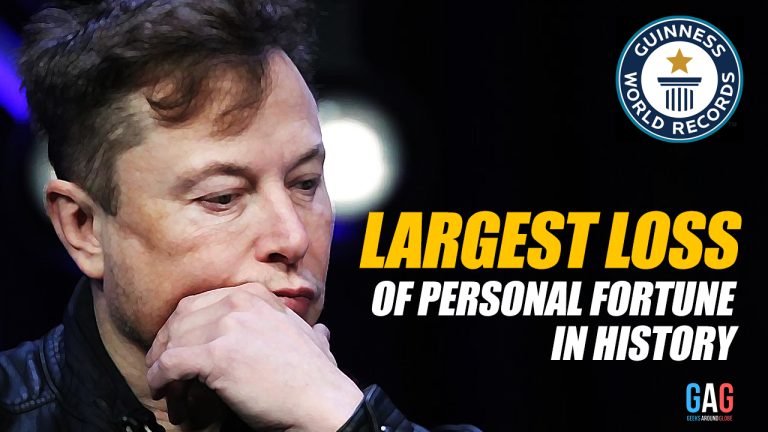To start with, what is e-waste? E-waste is electronic appliances or equipment that ends up in landfill. That is quite a broad definition, but it should highlight the extent of the e-waste problem. Away Today Rubbish Removal state that the most common types of e-waste are the appliances found in the home and office, like computers, printers, fridges, TVs etc. However, there is industrial e-waste that also adds the growing pile of e-waste.
Suppose you want to get a bit more specific with it. In that case, e-waste is electrical or electronic waste that needs an electric current or electromagnetic field to function (or for power). So no power tools that are gas or petrol, as they function mechanically.
Why is it a Problem?
E-waste is one of the biggest problems facing the waste industry and the environment. The amount of e-waste being produced is increasing by at least 10% every year. This is no surprise when you think of the number of electronic appliances you have in the home, which are also in every household.
In addition to the amount of waste it’s adding to landfill, the majority of e-waste is also highly recyclable. Roughly 95% of e-waste can be recycled, so there is no need for 95% of e-waste to end up in landfill. With the appropriate education and accessibility to recycling facilities, we can start to control e-waste. Following in the footsteps of ewm dumpster rental could be a step in the right direction. Having the right e-waste disposal site near you can prevent e-waste from ending up in a landfill.
The e-waste often contains hazardous substances and toxins. A lot of electronics are made with materials and substances that are toxic. When left unused in landfill these toxic substances are then released into the environment through the soil and water.
Commonly substances like mercury, arsenic, cadmium, PVC, solvents, acids and lead are found in electronic waste. When e-waste is not disposed of correctly, these toxins end up leaking into the local environment’s soil and water, causing extensive damage.
Solving the Issue
The problem of e-waste is becoming so big, governments are now aware of the issue and are trying to fix it. The Australian government has started e-waste management schemes to make e-waste recycling more accessible to the general public.
Additionally, local councils also have an e-waste drop-off day. It works similarly to a council pick-up, where a day is set where the local council will take e-waste from households in order to recycle and dispose of it correctly.
Some companies specifically deal with e-waste solutions. Modern rubbish removal companies often specialise in e-waste recycling, and other companies specialise in certain appliances like fridges or mobile phones.
Also Read: A Complete Guide to AC Maintenance and Installation
These companies often recycle the waste as much as possible by breaking down the items, removing anything precious that could be sold, and separating the other parts into recyclables, general waste, and toxic materials requiring special handling and disposal.
Whatever you’re recycling, if it’s not being recycled, then it must be thrown away. This applies to e-waste as well as regular rubbish.
In many countries, e-waste is not collected as regularly as waste is, and it’s difficult to dispose of waste safely, especially toxic materials.
In some countries, it’s illegal to dump e-waste in landfills because of the risks to human health. To avoid this, e-waste should be disposed of properly.
There are various locations worldwide where e-waste is managed. They include landfill sites, waste transfer stations, specialized e-waste facilities, incinerators, and mobile phone recyclers.
Leaving e-waste uncollected or incorrectly sorted can have detrimental effects on the environment, and these sites are often called ‘dumping grounds’.
The various locations come in a number of forms; some are in major cities, while others are in remote areas. If these sites are not properly managed, they can be hazardous to the environment.







